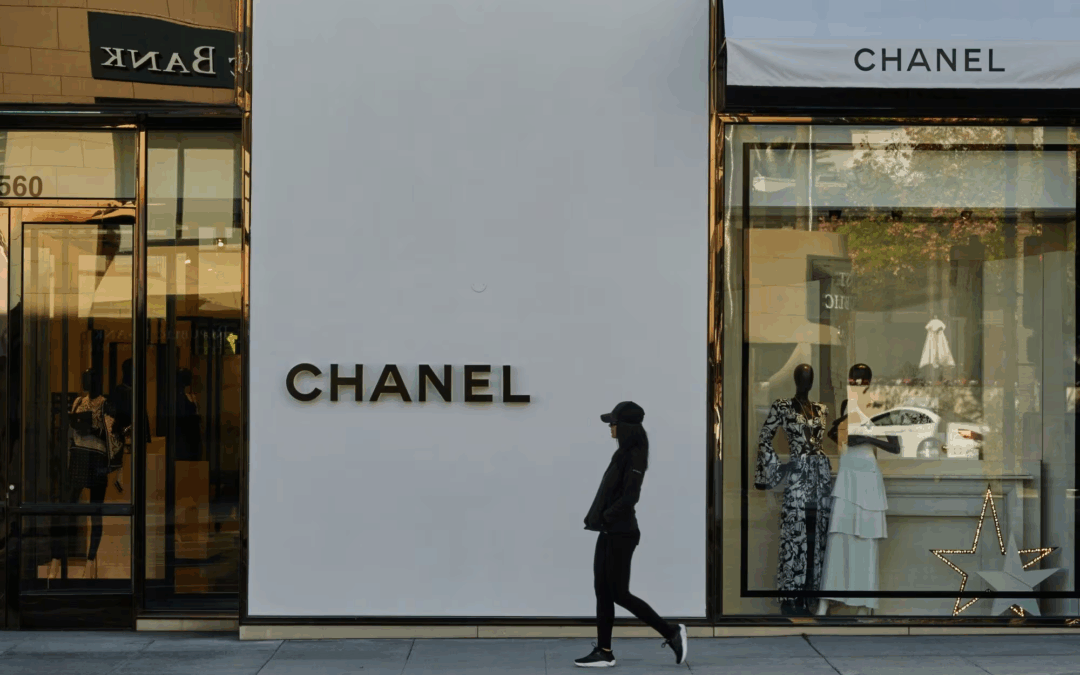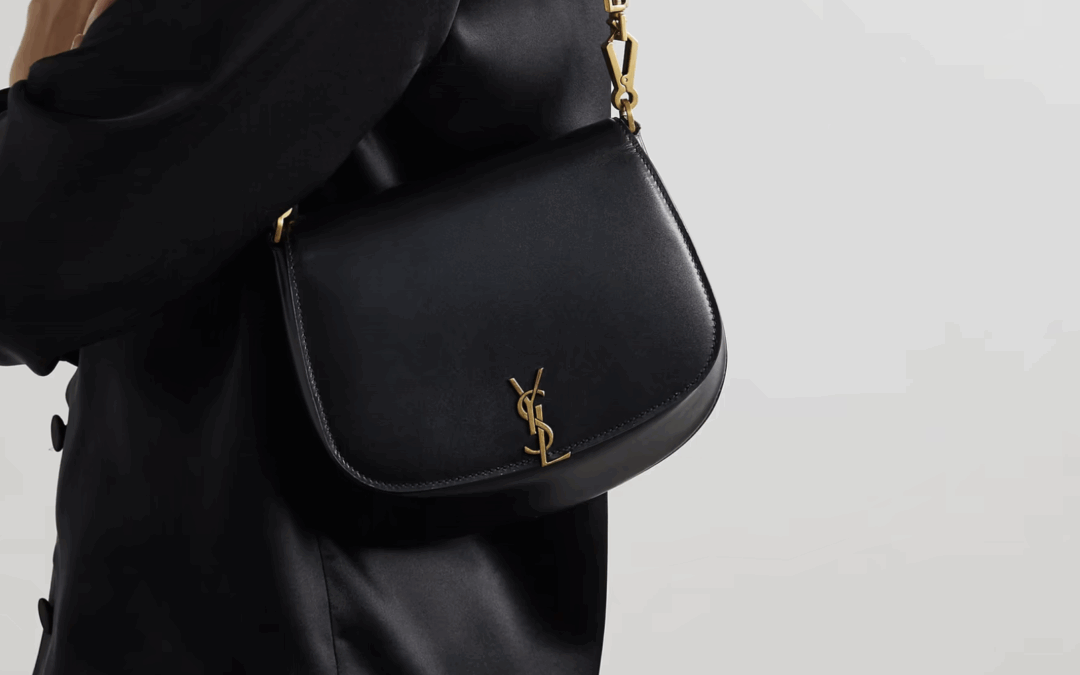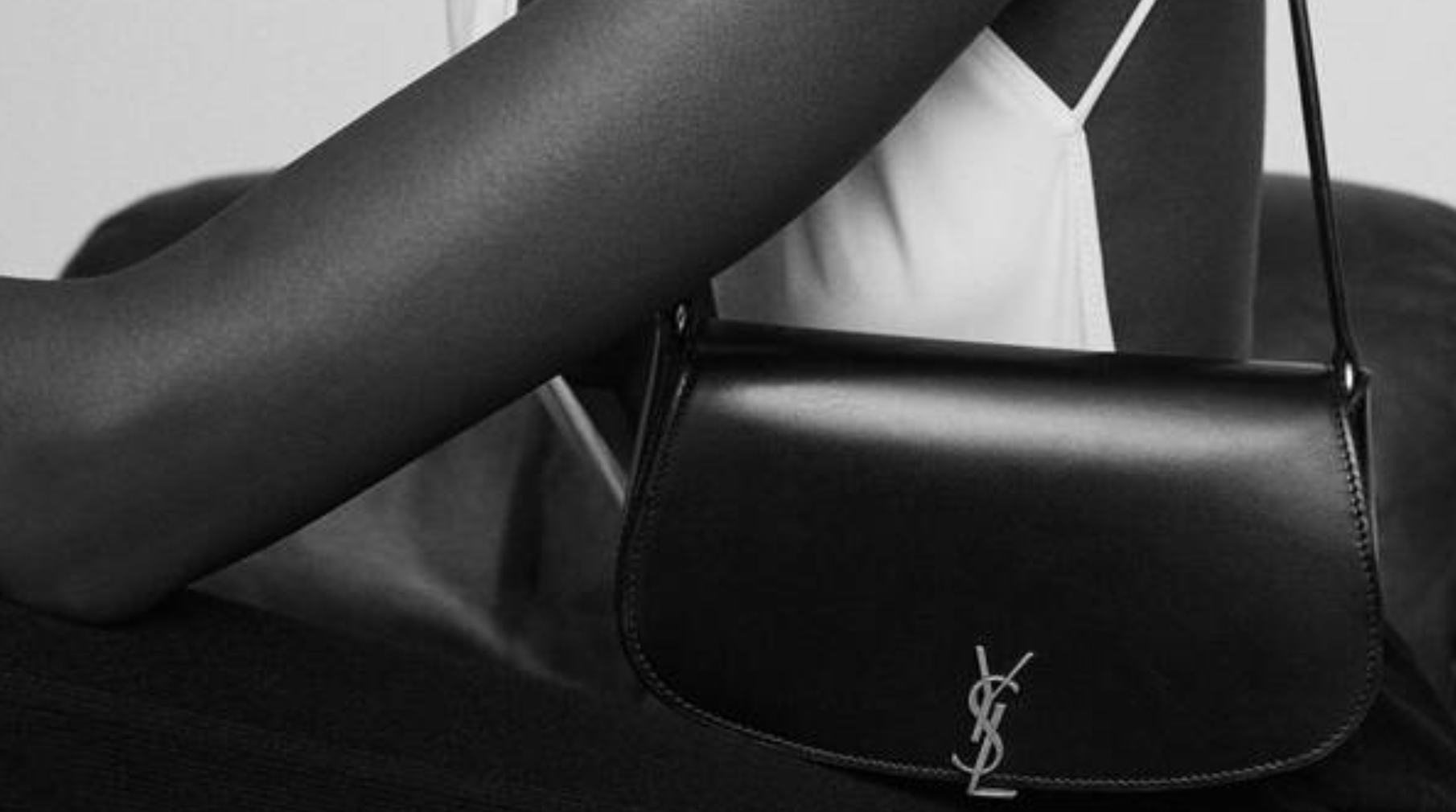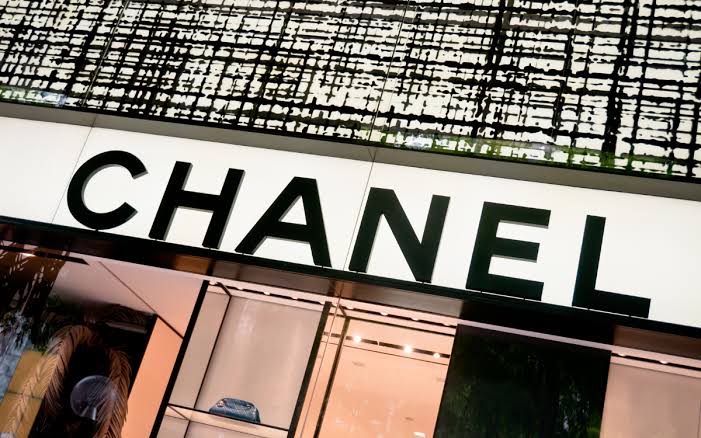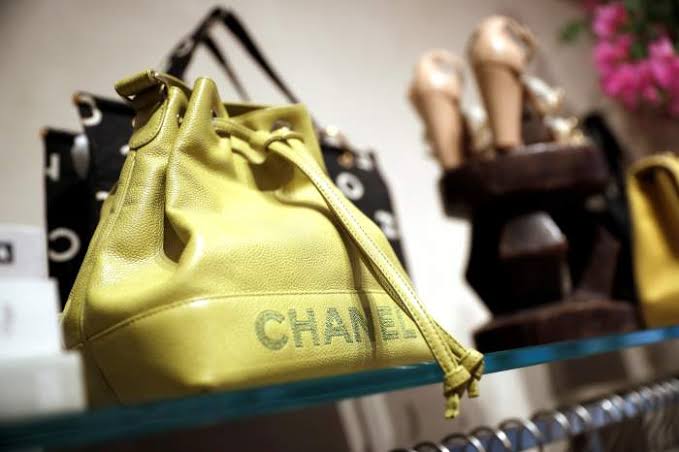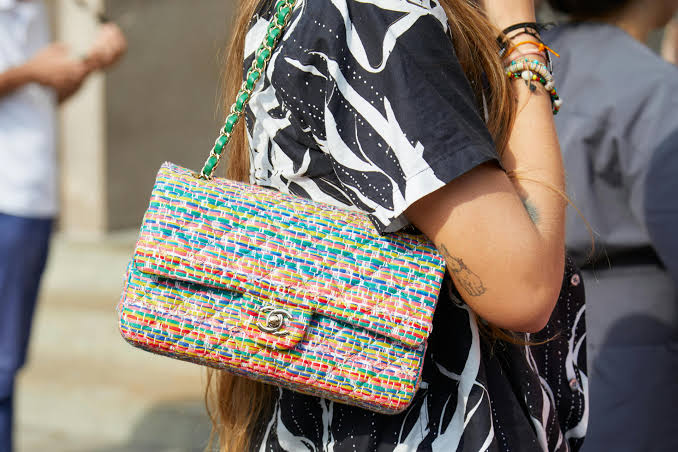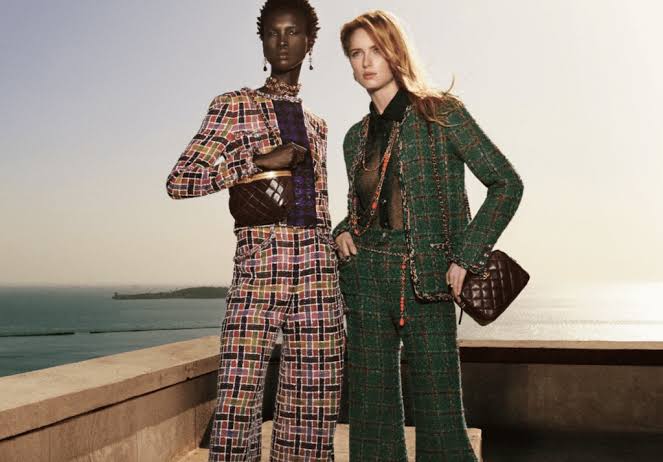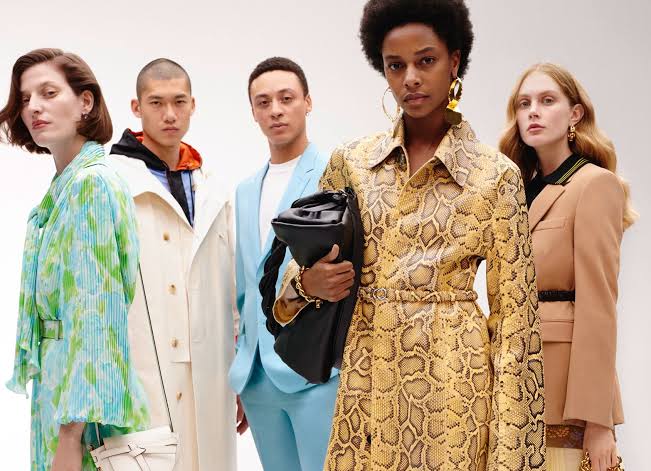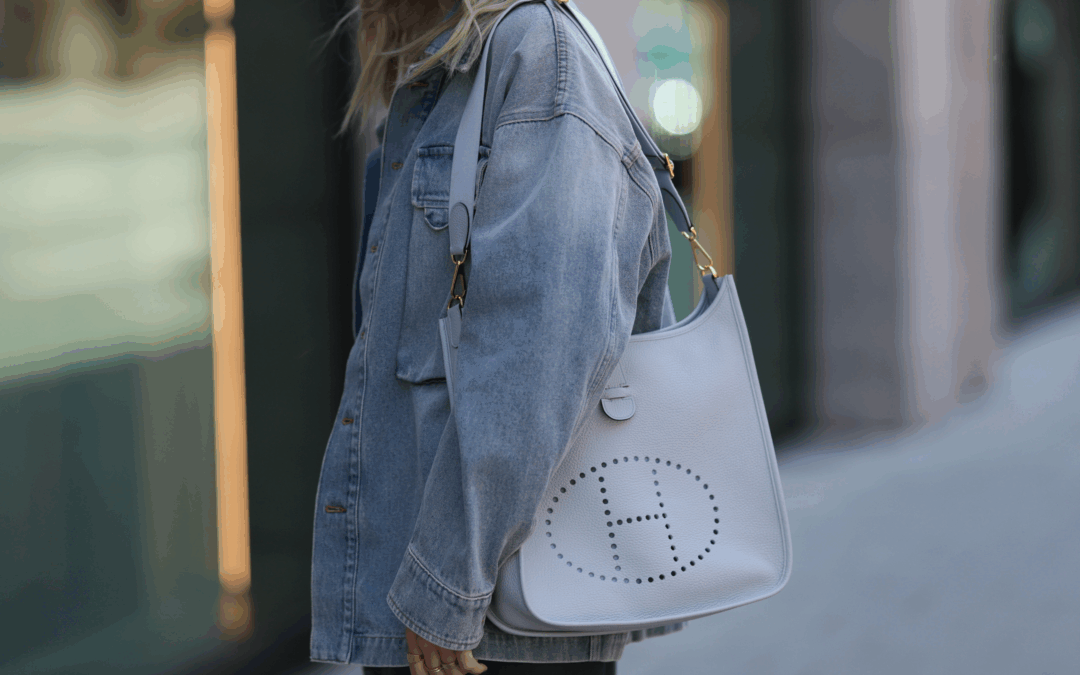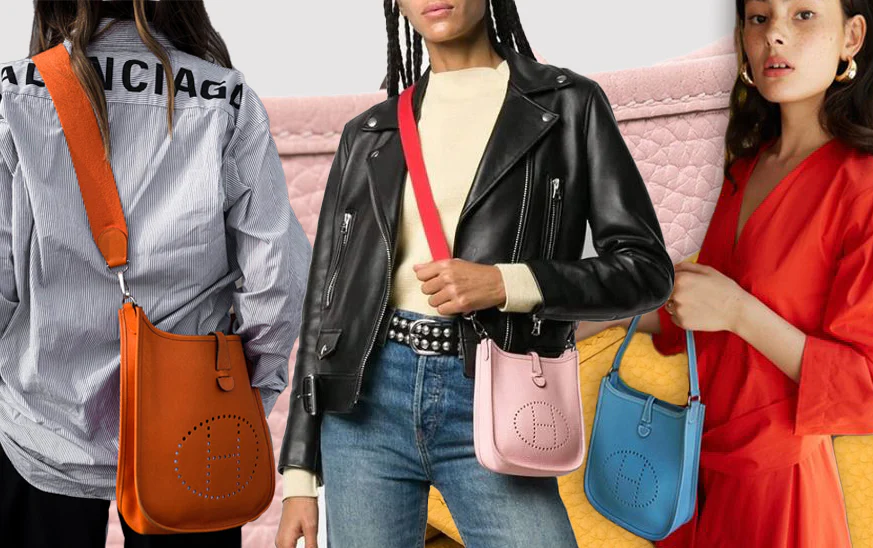
DIOR Small C’est Bag Buying Guide: How to Style a Modern Essential
 Embark on a Cosmic Journey Through the Paradoxes of Luxury and Dupes
Embark on a Cosmic Journey Through the Paradoxes of Luxury and Dupes
DIOR Small C’est Bag Buying Guide: How to Style a Modern Essential
by Thea Elle | September 5, 2025 | Luxury Industrial Complex
The DIOR Small C’est Bag isn’t just DIOR’s latest handbag; it’s their slyest temptation yet. Released in 2023, it’s the answer to that guilty internal monologue: “Do I really need another purse?” With sculpted curves, a refined “CD” clasp, and a strap that adapts to whatever social function you’ve RSVP’d to, the bag is equal parts classic and cunning.
This guide dives into why the C’est Bag has already become a modern staple, how to pick the right edition for your lifestyle, and how to style and care for it like a pro. Because buying a DIOR bag isn’t just retail therapy — it’s a declaration of taste, discipline, and maybe just a little indulgence.

The Modern DIOR Essential
The DIOR Small C’est Bag is more than a 2023 debut — it’s DIOR’s answer to what a modern essential should look like. The design is all about tension: structure softened by curves, minimalism warmed by detail. At the heart is the gleaming “CD” clasp, understated yet unmistakably DIOR. Add in the adaptable strap, and the bag effortlessly transitions across settings, proving as practical as it is polished. Inside, its scale is deliberate — pared down enough for elegance, but functional enough for the daily essentials that matter.

In keeping with DIOR’s legacy of craftsmanship, the Small C’est Bag is offered in a range of finishes: supple calfskin, sleek box leather, and collectible seasonal editions that highlight embroidery or rare leathers. Its palette offers the best of both worlds: heritage tones that feel eternal and seasonal colors that refresh the design each year. In every version, it remains unmistakably DIOR — timeless, adaptable, and unapologetically chic.
Quiet Luxury’s Rising Star
The DIOR Small C’est Bag has surged in popularity because it manages to be both restrained and compelling. Its clean design speaks to quiet luxury, offering a sense of recognition to those in the know without screaming for attention. The practical size makes it even more attractive — big enough for essentials, compact enough to retain its elegant proportions. It’s the rare handbag that delivers sophistication without sacrificing usability.
Explore New Arrivals Here

Its novelty gives it additional cachet. Released in 2023, the C’est Bag feels like a fresh chapter for DIOR, offering collectors something modern alongside icons like the Lady Dior and Saddle Bag. With frequent appearances on celebrities and in street-style coverage, it’s already positioned as one of the defining handbags of this decade — a design that feels both timeless and perfectly of-the-moment.

Desire Meets Reality
Yes, the DIOR Small C’est Bag is gorgeous. But before you buy, let’s talk logistics. Leather selection is key. Box leather serves drama and sophistication but scratches easily. Calfskin is more forgiving and makes sense if you want this bag to pull weekday duty. Meanwhile, embroidered or exotic editions can feel like wearable art — beautiful, but impractical if you’re rough on your accessories.
Beyond materials, think about your lifestyle. This is not a bag for overpackers. It thrives on carrying just the essentials, rewarding those who live minimally. And don’t ignore the time factor. The Lady Dior and Saddle Bag are icons with decades of staying power. The C’est Bag? A rising star. If you love being ahead of the curve, it’s perfect. If you crave proven legacy, you may want to wait and watch.
Designed for the Modern Collector
The DIOR Small C’est Bag is crafted with collectors in mind — every detail feels intentional. Its refined clasp anchors the design, doubling as both a closure and a subtle brand signature. Meanwhile, the removable and adjustable strap turns it into a multi-role accessory: weekend crossbody, office-ready shoulder bag, or evening handheld. Few bags transition across occasions this seamlessly.
Then there’s the sharply defined shape, which ensures it retains its structured beauty no matter how often it’s worn. The proportions strike an elegant balance between compactness and function, fitting your essentials without losing sophistication. Together, these features position the Small C’est Bag as more than an accessory — it’s a versatile investment piece with enduring relevance.

Your Lifestyle, Your DIOR
Choosing the right DIOR Small C’est Bag comes down to knowing your style DNA. For enduring elegance, stick to DIOR’s classics: black or beige, rendered in smooth calfskin or box leather. These staples carry you from day to evening effortlessly and are the safest bet for long-term wear. For those who like a dose of modern expression, seasonal colors, and limited runs offer individuality. A pale pastel reads delicate, while a saturated red or embroidered motif gives unapologetic character.
Functionality should guide your choice as much as aesthetics. Will this bag join you in the boardroom, on weekends, or at dinner parties? Glossy box leather complements formal attire, but calfskin adapts better to a full day’s wear. And the strap shouldn’t be overlooked. The standard leather strap radiates refinement, but an embroidered DIOR strap changes the tone instantly — a playful twist that redefines how the bag reads with different outfits.
The Versatile Statement
The DIOR Small C’est Bag thrives on versatility. It’s the kind of bag that looks just as at home slung crossbody with denim and sneakers as it does perched on the crook of your arm with tailored trousers and heels. Its silhouette does the heavy lifting, adding polish even to the most casual ensembles.
But it doesn’t stop there. By evening, the bag adapts seamlessly, sharpening cocktail looks with quiet authority — especially in classic black or beige leathers. For those who crave individuality, DIOR’s embroidered straps transform it into a style statement, balancing heritage craftsmanship with modern flair. It’s not just adaptable; it’s transformative,

